Products
-

Phenylacetyl Chloride
Store in a cool, dry and well ventilated warehouse. Keep away from fire and heat source. The package must be sealed and free from moisture. It should be stored separately from oxidant, alkali and edible chemicals, and mixed storage should be avoided. Fire fighting equipment of corresponding variety and quantity shall be provided. The storage area shall be equipped with leakage emergency treatment equipment and suitable storage materials.
-

P-cresol
This product is the raw material for manufacturing antioxidant 2,6-di-tert-butyl-p-cresol and rubber antioxidant. At the same time, it is also an important basic raw material for the production of pharmaceutical TMP and dye coricetin sulfonic acid. 1. GB 2760-1996 is a kind of edible spice allowed to be used.
-
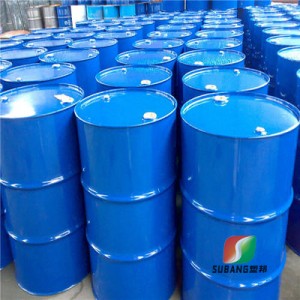
P-tolonitrile
Precautions for transportation: before transportation, check whether the packaging container is complete and sealed, and ensure that the container does not leak, collapse, fall or damage during transportation. It is strictly forbidden to mix with acids, oxidants, food and food additives.
-
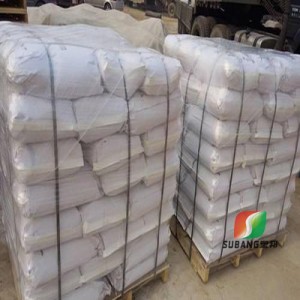
P-toluic Acid
It is prepared by catalytic oxidation of p-xylene with air. When the atmospheric pressure method is used, xylene and cobalt naphthenate can be added into the reaction pot, and air is introduced when heating to 90 ℃. The reaction temperature is controlled at 110-115 ℃ for about 24 hours, and about 5% of p-xylene is converted to p-methylbenzoic acid.
-
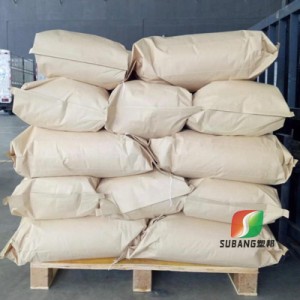
4-(Chloromethyl)Tolunitrile
Intermediate of pyrimethamine. Used in the manufacture of p-chlorobenzyl alcohol; p-chlorobenzaldehyde; p-chlorobenzene acetonitrile, etc.
-
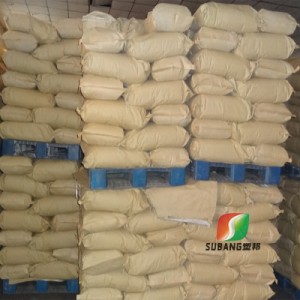
4-tert-Butylphenol
P-tert-butylphenol has antioxidant properties and can be used as a stabilizer for rubber, soap, chlorinated hydrocarbons and digested fibers. UV absorbers, anti-cracking agents such as pesticides, rubber, paints, etc. For example, it is used as a stabilizer for polycarbon resin, tert-butyl phenolic resin, epoxy resin, polyvinyl chloride, and styrene.
-
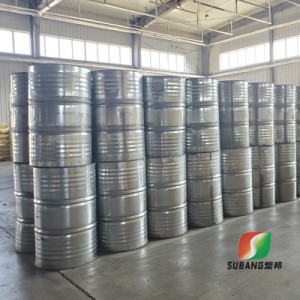
2,4,6-Trimethylaniline
2,4,6-Trimethylaniline is an intermediate widely used in dyes, pesticides and other industries. The raw material for the synthesis of mesitidine is mesitylene, which exists in petroleum. With the realization of large-scale industrial production in China, the output of mesitylene has continued to increase, so the development of its downstream products has received more and more attention.
-
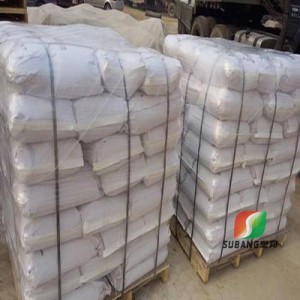
4,4′-Bis(chloromethyl)-1,1′-Biphenyl
The key intermediate for the synthesis of biphenyl bisphenylacetylene fluorescent whitening agent CBS-X and CBS-127. It can also be used as a pharmaceutical or resin intermediate.
-
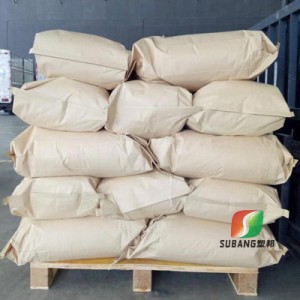
2-Amino-p-cresol
Used as a dye intermediate, and also used in the preparation of fluorescent whitening agent dye intermediates, and used in the production of fluorescent whitening agent DT.
-

O-Amino-p-Chlorophenol
Production of 2-nitro-p-chlorophenol: Using p-chlorophenol as raw material, nitrification with nitric acid. Add the distilled p-chlorophenol slowly into the stirred tank with 30% nitric acid, keep the temperature at 25-30℃, stir for about 2 hours, add ice to cool to below 20℃, precipitate, filter, and wash the filter cake to Congo Red, the product 2-nitrop-chlorophenol is obtained.
-

O-Amino-P- Butyl Phenol
To make fluorescent whitening agents OB, MN, EFT, ER, ERM and other products.
-

Phthalaldehyde
Analytical reagents in the chemical field: as an amine alkaloid reagent, it is used to determine primary amine and peptide bond decomposition products by fluorescence method. 2. Organic synthesis: also a pharmaceutical intermediate. 3. Fluorescent reagent, used for pre-column HPLC separation of amino acid derivatives and flow cytometry to measure the thiol group of protein.












